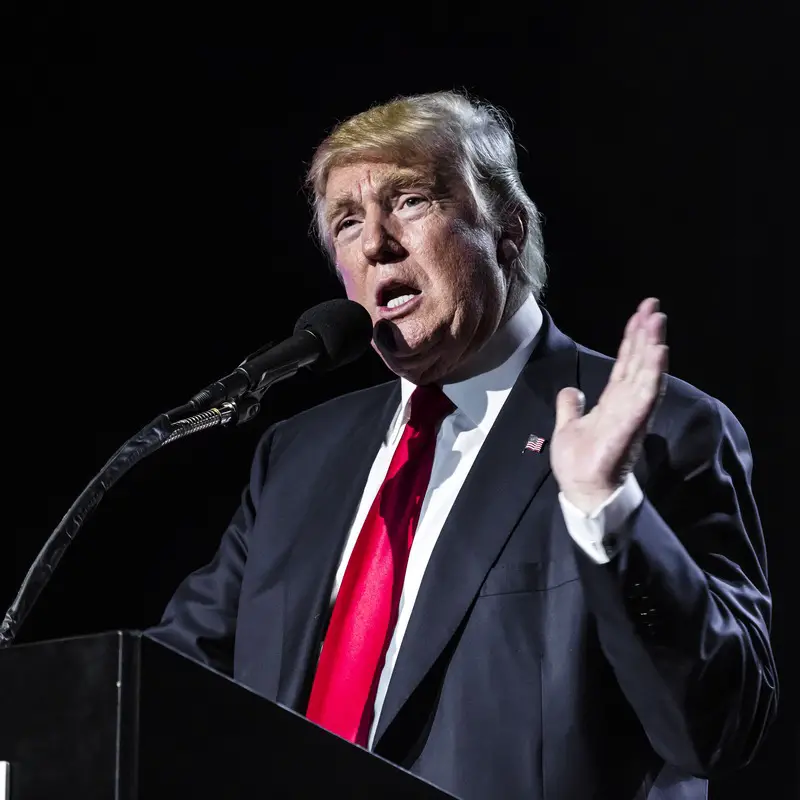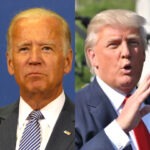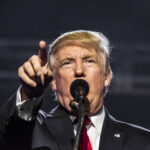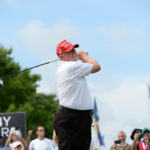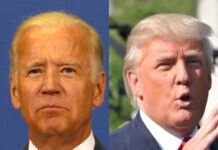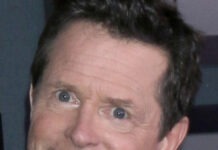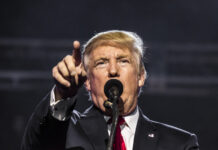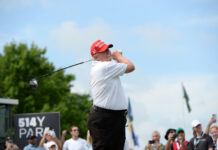President Donald Trump launched a series of attacks against various media figures and outlets this week, including ABC News hosts and editors at “Time” magazine, underscoring ongoing tensions with the press.
The sharpest critique came on Tuesday, October 14, when Trump criticized Alyssa Farah, a former White House Communications Director now co-hosting ABC’s “The View,” for not honoring a televised promise. Addressing reporters, Trump called Farah “a joke” and “The View” “a fraud” after she did not wear a MAGA hat as promised, contingent on him securing a Gaza peace deal.
Trump referred to Farah’s televised commitment to don a MAGA hat if he achieved the release of Israeli prisoners, which he claimed to have done through a recent Gaza ceasefire. The president suggested Farah did not expect to fulfill her promise and that her critical stance shifted after ABC employed her.
Trump also alleged that Farah had once sent him a letter praising his presidency. He concluded by asserting he has been dubbed the greatest president of all time, a compliment he said surpassed any from Farah.
Trump’s criticisms extended to print media as well. At 1:30 a.m. on Tuesday, he posted on social media to criticize “Time” magazine over what he described as a “super bad” cover photo, considering it “the worst of all time.”
He took issue with the photograph’s upward angle, which created a lighting effect on his head, making his hair appear to disappear and form a floating crown. Trump questioned the magazine’s intentions in choosing such an angle.
The “Time” cover accompanied a story titled “How the Trump Administration Sealed the Gaza Ceasefire Deal,” which Trump acknowledged as relatively positive coverage. The article praised him for securing a ceasefire in Gaza and the release of Israeli hostages, calling it a potential strategic success for the Middle East.
Trump’s remarks followed his return from the Middle East, where he celebrated the release of 20 living hostages, addressed the Israeli parliament, and met with leaders to discuss ceasefire and reconstruction plans.
The president’s confrontational stance extends to political opponents as well. On October 14, the White House responded to Minnesota Governor Tim Walz’s criticism of Trump’s trade policies during a Democratic National Committee call.
White House spokesperson Kush Desai called Walz an “imbecilic buffoon” after the governor criticized Trump’s tariffs on China, arguing that they endangered American farmers by causing China to switch to suppliers like Brazil and Argentina.
Walz criticized Trump for prioritizing a trade war over farmers’ interests, noting that China signed long-term contracts with other countries, making it challenging for American farmers to regain lost markets.
Desai defended the administration’s policies, arguing that Trump’s trade policies were addressing long-standing trade imbalances that hurt American industry and communities, including unfair barriers to American farmers.
Trump’s media confrontations have also drawn criticism from editorial boards, with “The Wall Street Journal” publishing an editorial titled “Donald Trump and Letitia James, Lawfare Pals,” criticizing both Trump and New York Attorney General Letitia James for their legal battles.
These incidents illustrate Trump’s continued approach of directly challenging media coverage and political opponents, maintaining a combative stance toward the press.

